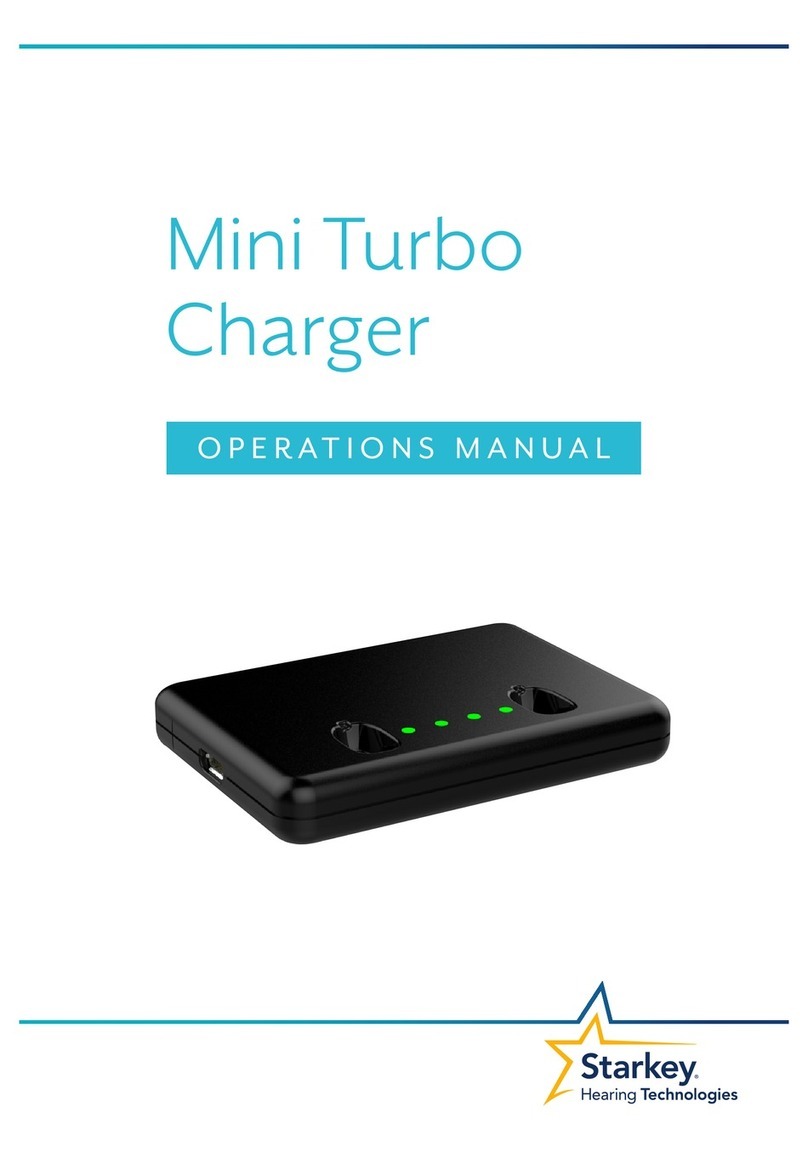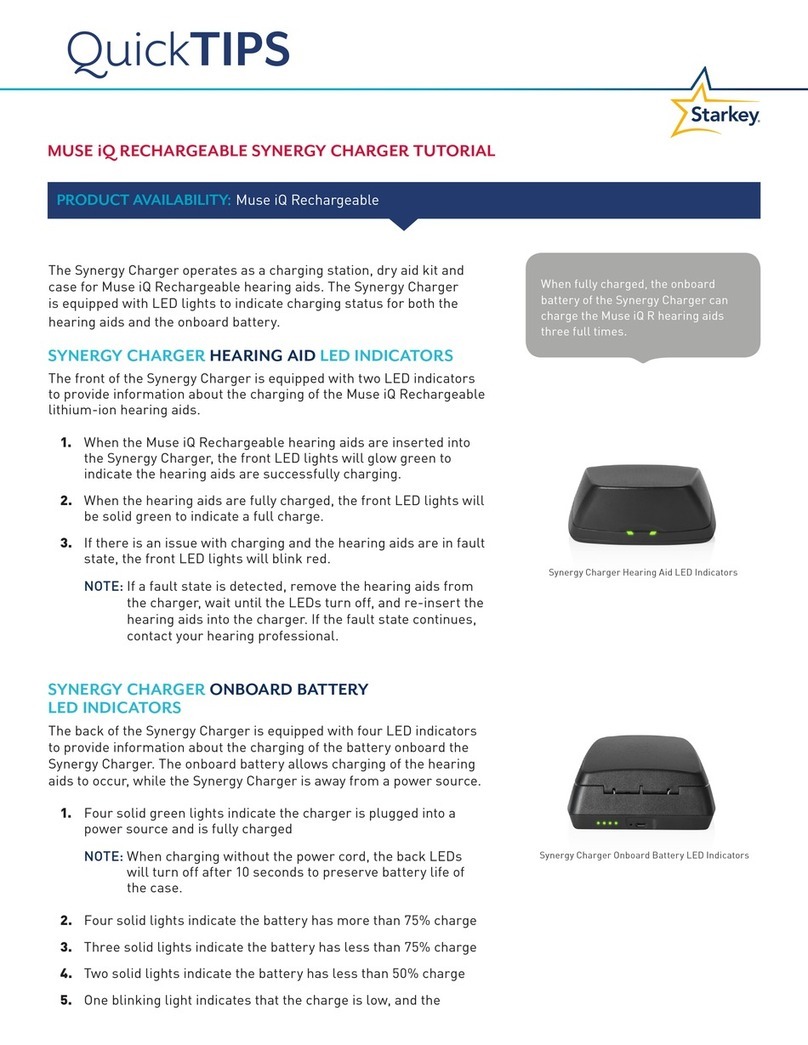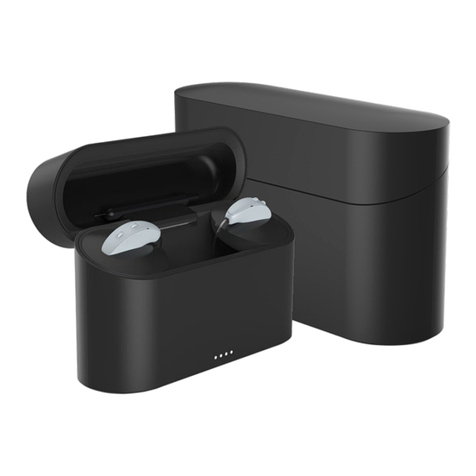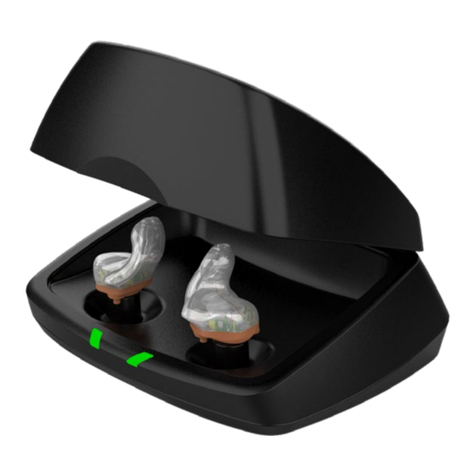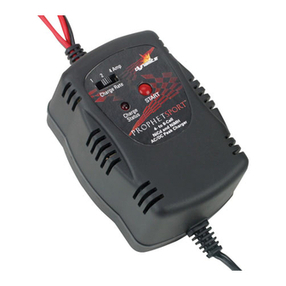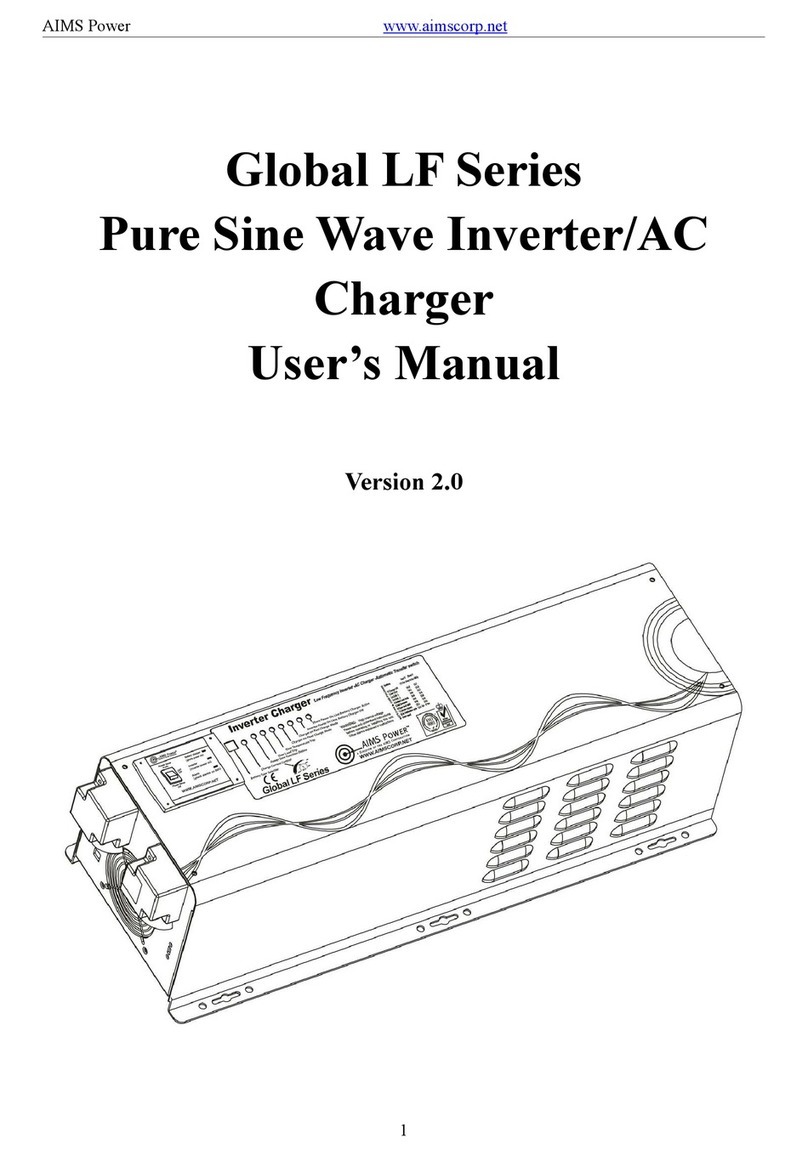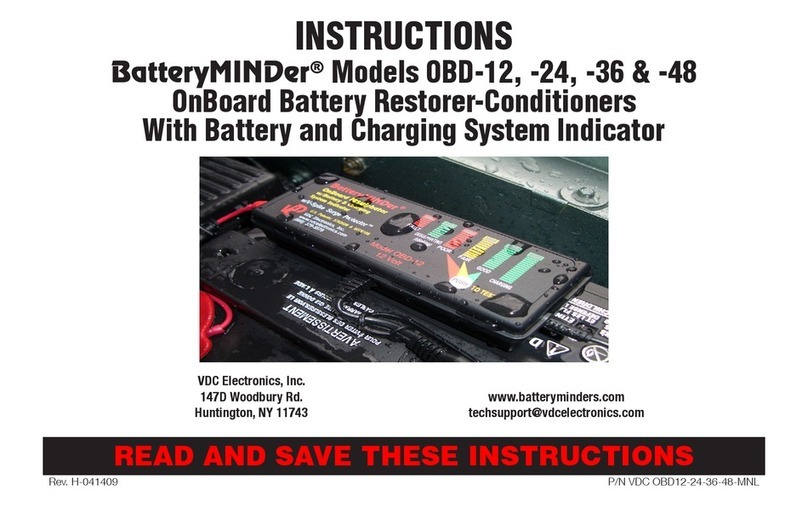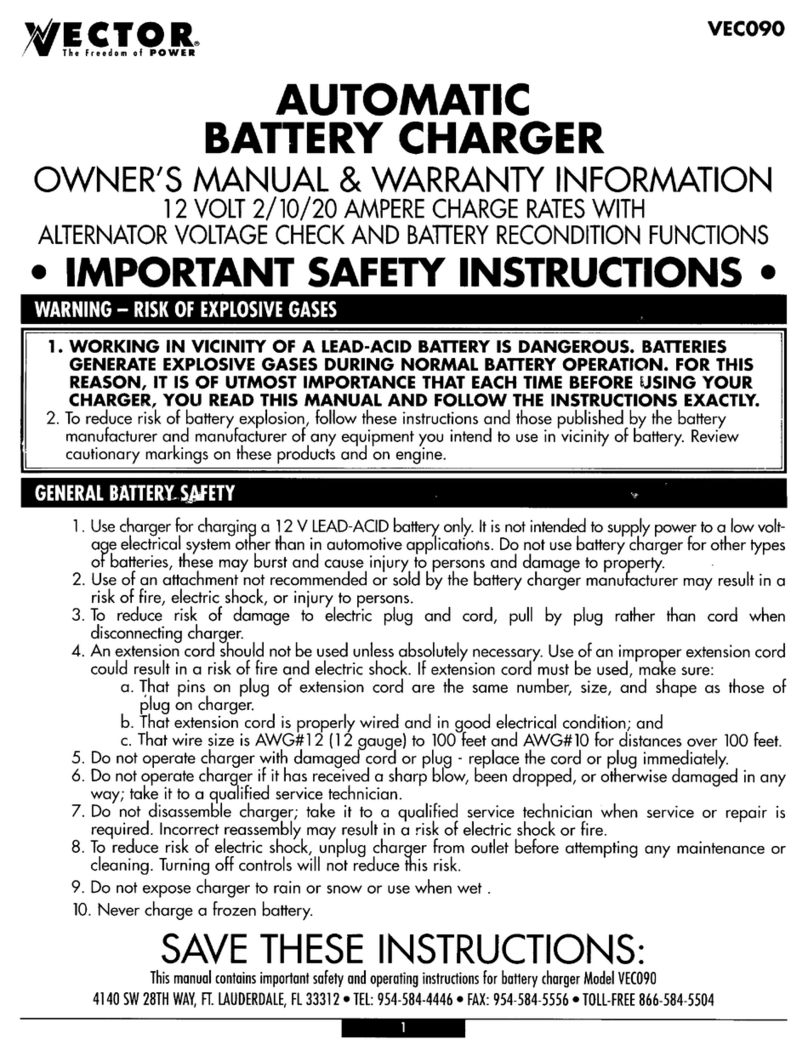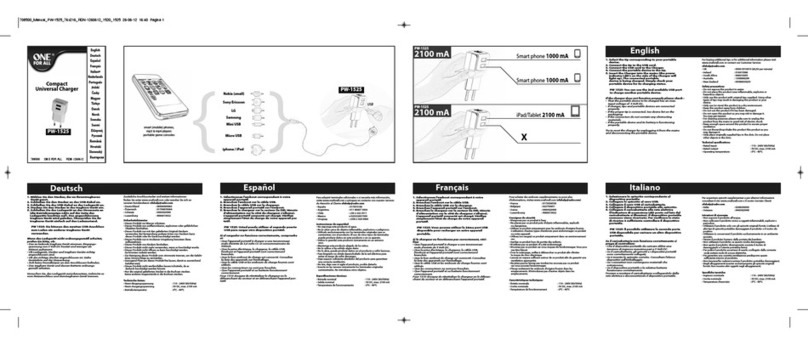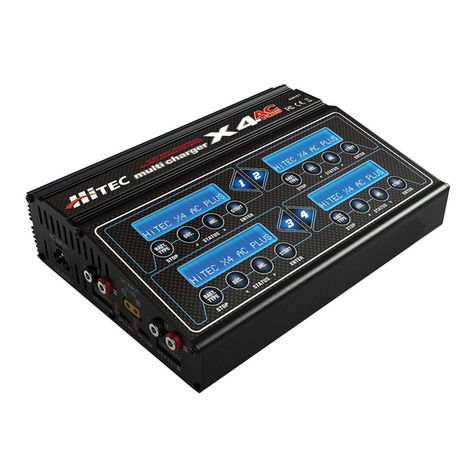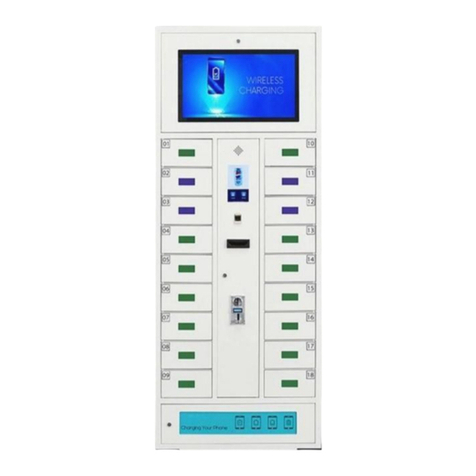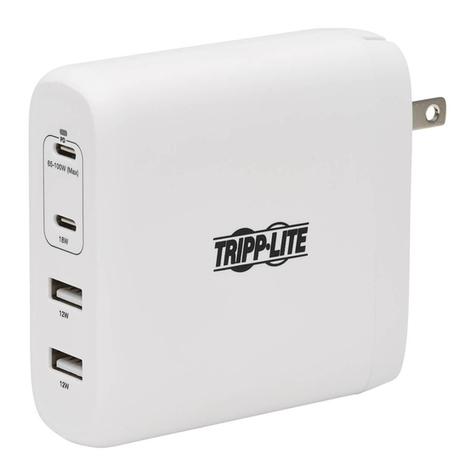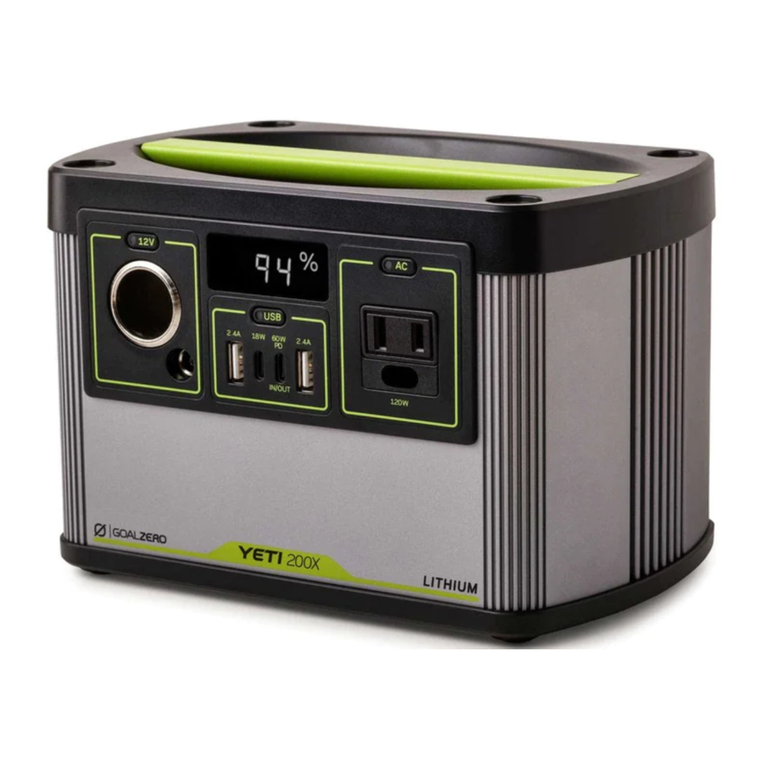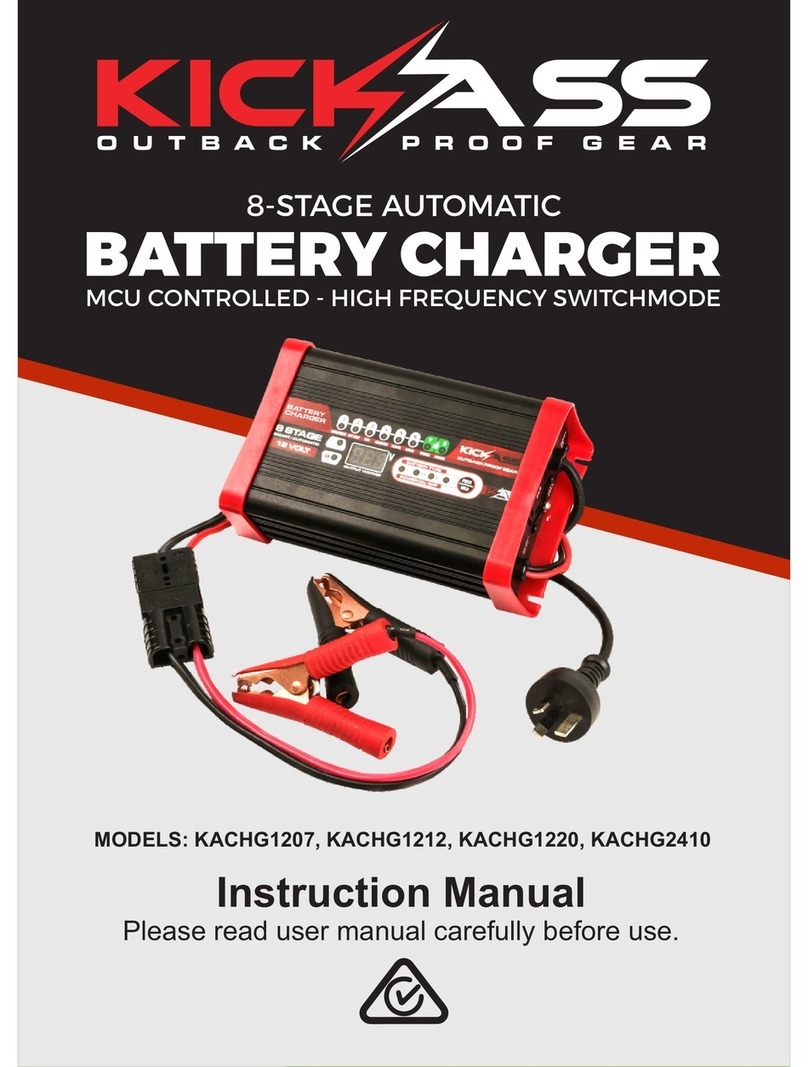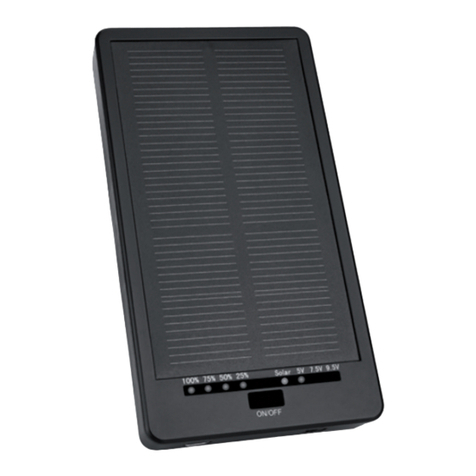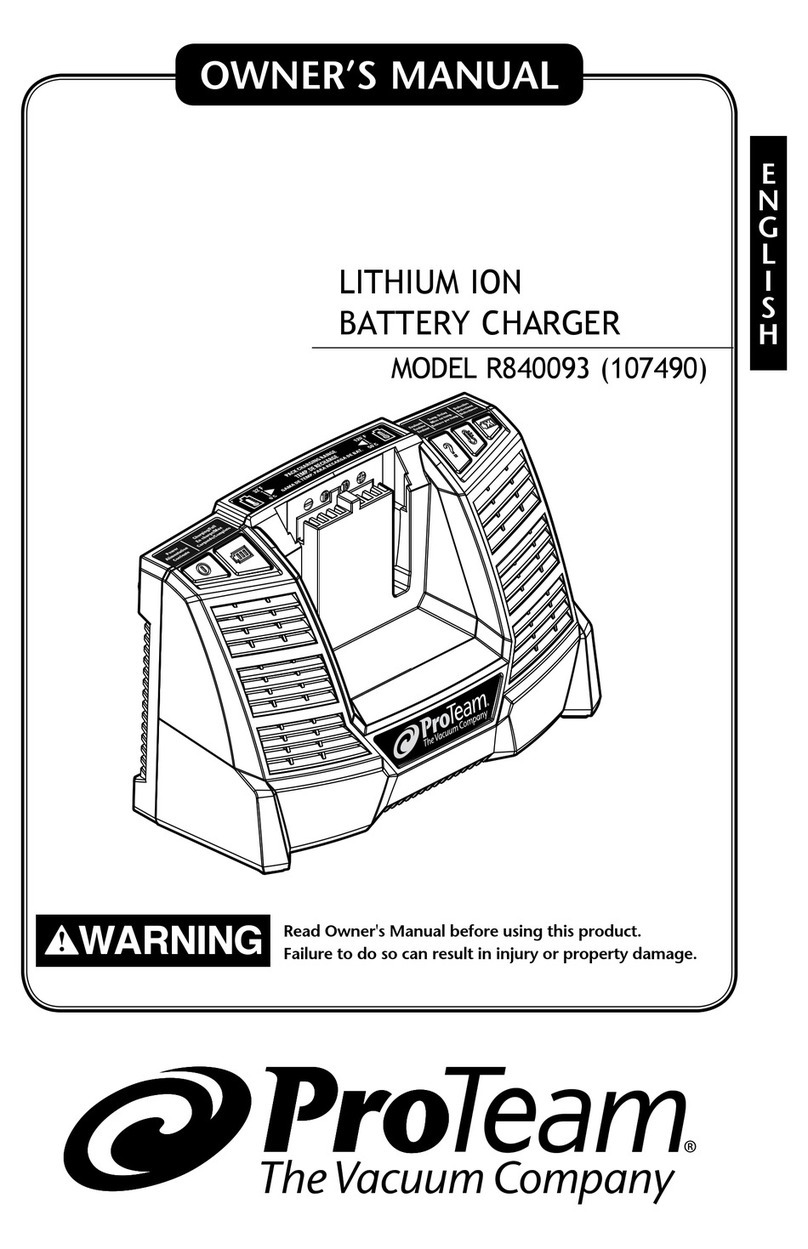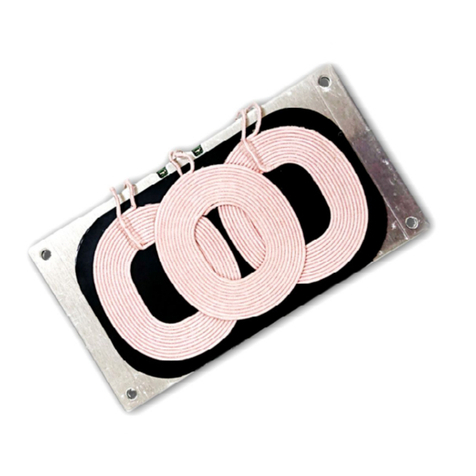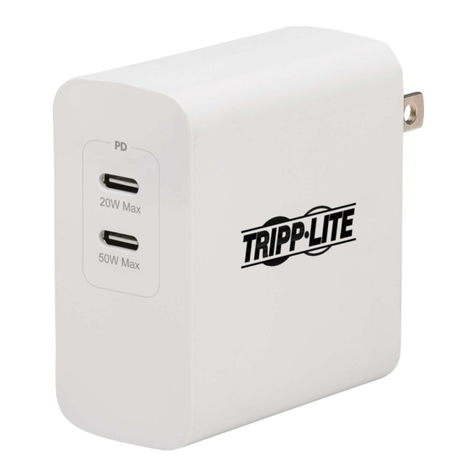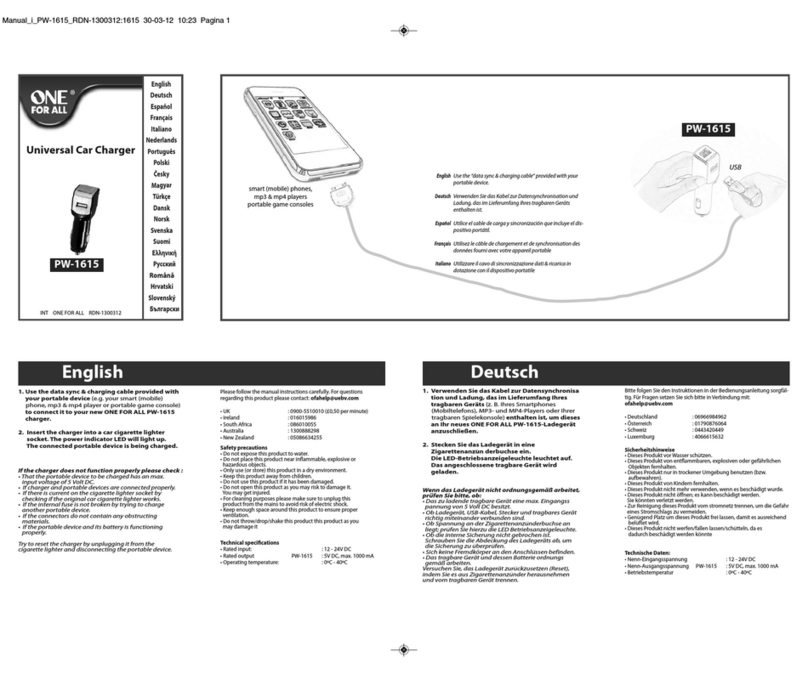Starkey Standard Charger User manual

OPERATIONS MANUAL
Standard Charger
& Custom Charger

Introduction
Table of Contents
Standard Charger Custom Charger
Introduction . . . . . . . . . . . . . . . . . . . . . . . . . . . . . . . . . . . . . . . . .3
Charger Overview . . . . . . . . . . . . . . . . . . . . . . . . . . . . . . . . . . . .4
Operation
Charging your Hearing Aids . . . . . . . . . . . . . . . . . . . . . . . .6
Charging the On-Board Battery . . . . . . . . . . . . . . . . . . . . .8
Power On & Off . . . . . . . . . . . . . . . . . . . . . . . . . . . . . . . . . .9
Charger Care . . . . . . . . . . . . . . . . . . . . . . . . . . . . . . . . . . . . . . .10
Troubleshooting
Troubleshooting Guide . . . . . . . . . . . . . . . . . . . . . . . . . . .11
Regulatory Information
Safety Information . . . . . . . . . . . . . . . . . . . . . . . . . . . . . . .13
FCC Information . . . . . . . . . . . . . . . . . . . . . . . . . . . . . . . .16
The Standard Charger is designed to be a portable
charger for standard-style, lithium-ion rechargeable
hearing aids. The Custom Charger is designed to
be a portable charger for custom-style, lithium-ion
rechargeable hearing aids.Both chargers work when
plugged into a wall, or on-the-go with an on-board
battery that will charge a pair of hearing aids up to
three times.

Charger Overview | 54 | Charger Overview
5
3
2
1
67
Features, Controls and Identification
1. Desiccant puck holder*
2. Cleaning brush
3. Earbud/earmold reservoir*
4. Charging ports/posts
5. Hearing aid charging LEDs
6. On-board battery LEDs
7. Power supply port
*Standard charger only.
5
5
3
2
4
4

Operation | 76 | Operation
Charging Your Hearing Aids
• Place your hearing aids in the charger
– Standard Charger: place hearing aids into
charging ports with earbuds/earmolds resting
in the reservoir
– Custom Charger: place hearing aid faceplate
facing downward so battery contacts on
hearing aid align with charging posts within
charger
• Hearing aids will turn off automatically and begin
to charge
• The LEDs corresponding to each hearing aid:
– Glowing Green = Charging
– Solid Green = Fully Charged*
– Blinking Red = Fault State. To reset, remove
the hearing aids from charger, wait until LED
turns off and re-insert aids. If Fault State
continues, call your hearing professional.
• When charging without the charger cord, the
LEDs turn off when the hearing aids are fully
charged to preserve the on-board battery.
• Charging occurs with the lid open or closed
• Hearing aids will be fully charged in under 3 ½
hours
• It is safe to store hearing aids in the charger after
they are fully charged and any time that you are
not wearing them
• Hearing aids will automatically power on when
removed from the charger
• To illuminate LEDs when the charger is not
plugged in, remove a hearing aid from its
charging port/post for three seconds and then
reinsert it. LEDs illuminate for 10 seconds before
turning off.
• The desiccant puck provided with the Standard
Charger will be effective for 3-6 months
depending on moisture in the hearing aids and
humidity. When the desiccant puck fades from
blue to white, it should be replaced.
• If you will not be wearing your hearing aids for
an extended period of time (i.e. weeks), remove
both the plug from the charger and the hearing
aids from the charging ports/posts. You will
need to manually power off the hearing aids by
pressing the user control on each hearing aid for
three seconds.

Operation | 98 | Operation
Charger On-Board
Battery LEDs
• While charging the on-
board battery with the
power cord, the 4 LEDs
will be:
– Glowing while charging
– Solid when charged
• When charging the hearing aids without the
power cord attached, the LEDs turn off after 10
seconds.
• To illuminate LEDs, remove a hearing aid from
its charging port/post for three seconds and then
replace it. LEDs illuminate for 10 seconds before
turning off again.
– 4 Solid > 75%
– 3 Solid < 75%
– 2 Solid < 50%
– 1 Solid < 25%
– 1 Blinking = Charge Low
Power On & Off
ON - The hearing aids will power on automatically after
removing them from the charger. There is a delay
that allows you time to insert your hearing aid into
your ear.
ON - If the hearing aid is manually powered off, pressing
the user control for three seconds will power it
on. The delay exists to give you time to insert the
hearing aid into your ear.
OFF - The hearing aids will power off automatically when
placed in the charging port/post and charging
begins.
OFF - The hearing aids can be powered off manually by
pressing the user control for three seconds.

10 | Charger Care
Charger Troubleshooting Guide
SYMPTOM POSSIBLE
CAUSES
SOLUTIONS
No LED
indicator
when hearing
aids are
inserted into
the charging
port/post
Incorrect
hearing aid
orientation
Reposition your hearing
aids in the charging port/
post.
Depleted on-
board battery
Connect the power supply
cord to your charger and
plug it into the wall.The
on-board battery LEDs will
turn on for a few seconds
to indicate connection
to the power source.If
they do not, contact your
hearing professional.
Red blinking
LED next
to charging
port/post
Fault occurred
Remove your hearing aids
from the charging port/
post, wait until the LED
turns off, then reinsert.
If the red blinking LED
persists, contact your
hearing professional.
While
charging
hearing aids,
no LEDs are
illuminated
On-board
battery save
mode
To illuminate LEDs,
remove hearing aid from
its charging port/post
for three seconds, then
reinsert it. LEDs will remain
illuminated for 10 seconds.
Troubleshooting | 11
Charger Care
• Keep your charger clean. Heat, moisture and
foreign materials can result in poor performance.
– Using the provided cleaning brush keep
the charging ports/posts and hearing aid
microphones clear of debris.
– Do not use water, solvents or cleaning fluids
to clean the charger.
– Keep lid closed as much as possible to avoid
dust and debris build up.
– Store your charger in a clean and dry location,
such as a dresser or shelf rather than the
bathroom or kitchen.
• To ensure the longest life of your rechargeable
hearing aid batteries and the batteries in the
charger:
– Fully charge hearing aid batteries every night.
– Do not expose to excess heat, i.e. do not store
on a window sill or in a hot car.

Charger Troubleshooting Guide
SYMPTOM POSSIBLE
CAUSES
SOLUTIONS
Hearing aids
whistling in
the charger
Incorrect
hearing aid
orientation
Reposition your hearing
aids in the charging ports/
posts. Confirm that the
charging LED begins to
glow.
Depleted on-
board battery
Your charger’s on-board
battery may be fully
depleted. Apply external
power to your charger. If
you do not have the cord,
push and hold the hearing
aid’s user control for three
seconds to turn it off.
Regulatory Information | 1312 | Troubleshooting
Safety Information
INTENDED USE: An air conduction hearing aid is a wearable sound-
amplifying device intended to compensate for impaired hearing. Hearing aids
are available in multiple gain/output levels appropriate to treat hearing losses
ranging from mild-to-profound.
Your hearing aids are designed to operate in public and residential environments
and are designed to comply with international Electromagnetic Compatibility
emissions and immunity standards for medical devices. However, it is still possible
that you may experience interference caused by power line disturbances, airport
metal detectors, electromagnetic fields from other medical devices, radio signals
and electrostatic discharges.
If you use other medical devices or wear implantable medical devices such as
defibrillators or pacemakers and are concerned that your hearing aids might
cause interference with your medical device, please contact your physician
or the manufacturer of your medical device for information about the risk of
disturbance.
Your charger should not be worn during an MRI procedure or in a hyperbaric
chamber.
Your charger is not formally certified to operate in explosive atmospheres such as
may be found in coal mines or certain chemical factories.
Your charger should be stored within the temperature and humidity ranges of
-10°C (14°F) to +45°C (113°F) and 10%-95% rH.
The charging temperature range is between 0°C (32°F) and 40°C (104°F).
Cautions:
• If the charger is hot, do not touch it until cool.
• If the charger is not working, do not disassemble. Due to a shock hazard, please
send in for repair.
• Keep out of reach from children. Do not ingest anything in the package,
including desiccant, cleaning tool, etc.
• Any cords and AC adapters must be approved or listed by a Nationally
Recognized Testing Laboratory.

Regulatory Information | 1514 | Regulatory Information
We are required by regulations to provide the following warnings:
WARNING: Use of wireless hearing aids or charger directly next to other
electronic equipment should be avoided because it could result in improper
performance. If such use is necessary, note as to whether your hearing aids and
the other equipment are operating normally.
WARNING: Use of accessories, components or replacement parts other than
those provided by the manufacturer of your hearing aids or charger could result
in increased electromagnetic emissions and decreased electromagnetic immunity
and could result in degradation of performance.
WARNING: If Portable Radio Frequency communications equipment is used
closer than 30 cm (12 inches) from your hearing aid or charger, degradation of
the performance of your hearing aid or charger could result. If this occurs, move
away from the communications equipment.
DO NOT OPEN HEARING AID OR CHARGER,
NO USER-SERVICEABLE PARTS INSIDE
The Standard Charger and Custom Charger have a rating of IP 5X per IEC 60529.
This means that the chargers are protected from dust.
The service life of both the Standard Charger and Custom Charger is 3 years.
The Standard Charger and Custom Charger have been tested to, and have
passed, the following emissions and immunity tests:
• IEC 60601-1-2 radiated and conducted emissions requirements for a Group 1
Class B device as stated in CISPR 11.
• Harmonic distortion and voltage fluctuations affecting the power input source
as stated in Table 2 of IEC 60601-1-2.
• RF radiated immunity at a field level of 10 V/m between 80 MHz and 2.7 GHz
as well as higher field levels from communications devices as stated in Table 9
of IEC 60601-1-2.
• Immunity to power frequency magnetic fields at a field level of 30 A/m.
• Immunity to ESD levels of +/- 8 kV conducted discharge and +/- 15 kV air
discharge.
• Immunity to Electrical fast transients on the power input at a level of +/- 2 kV at
a 100 Hz repetition rate.
• Immunity to Surges on the power input of +/- 1 kV line to line.
• Immunity to conducted disturbances induced by RF fields on the power input
as stated in Table 6 of IEC 60601-1-2.
• Immunity to voltage dips and interruptions on the power input as stated in
Table 6 of IEC 60601-1-2.
FCC NOTICE
These devices comply with part 15 of the FCC rules and with ISED Canada
license-exempt RSS standards. Operation is subject to the following two
conditions: (1) This device may not cause harmful interference, and (2) this device
must accept any interference received, including interference that may cause
undesired operation of the device.
Note: The manufacturer is not responsible for any radio or TV interference caused
by unauthorized modifications to this equipment. Such modifications could void
the user’s authority to operate the equipment.

Notes16 | Regulatory Information
INSTRUCTIONS FOR DISPOSAL OF OLD ELECTRONICS
Starkey Hearing Technologies encourages, the EU requires, and your local
community laws may require, that your hearing aids and charger be disposed of
via your local electronics recycling/disposal process.
The instructions below are provided for the benefit of disposal/recycling
personnel. Please include this manual when disposing of your charger.
FOR DISPOSAL/RECYCLING PERSONNEL ONLY
These chargers contain a Lithium Ion Polymer battery. To remove the battery from
the charger, follow one of two options:
Option 1
• Insert pry bars between the plastic and the microUSB metal housing (top and
bottom)
• Pry apart to break the seam
• Clip battery wires and dispose battery
Option 2
• Using the style groove as a guide, sever the plastic case on all 4 sides with a
dremel blade, ultrasonic knife, hot wire, or band saw blade
• In each case, establish a limit guide so entrance over 3/32 inch beyond the
outer shell is prevented
• Clip battery wires and dispose battery
Class II Device
Waste from electronic equipment
must be handled according to
local regulations
Consult Operations Manual
Starkey Hearing Technologies
6700 Washington Ave. South
Eden Prairie, MN 55344 USA
Starkey Laboratories (Germany) G.m.b.H
Weg beim Jäger 218-222
22335 Hamburg
Germany

NotesNotes

© 2019 Starkey. All Rights Reserved. 86375-007 12/19 BKLT3089-00-EE-SG
The Starkey logo and Starkey Hearing Technologies are trademarks of
Starkey Laboratories, Inc.
This manual suits for next models
1
Table of contents
Other Starkey Batteries Charger manuals

